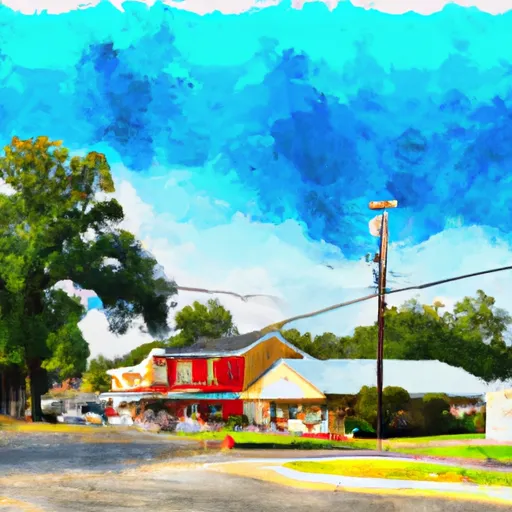°F
°F
mph
Windspeed
%
Humidity











Ackerman, Mississippi is a small town located in Choctaw County in the central part of the state. The climate in Ackerman is warm and temperate, with hot summers and mild winters. The area receives an average of 55 inches of rainfall per year and experiences occasional flooding due to its location on the edge of the Tombigbee River floodplain. Outdoor recreation opportunities in Ackerman include fishing, hunting, and hiking in the nearby Tombigbee National Forest, as well as boating and swimming at Choctaw Lake. The hydrology constituents of the area include the Tombigbee River, several creeks and streams, and multiple wetlands and swamps.
Weather Forecast
Ackerman receives approximately 1429mm of rain per year, with humidity levels near 87% and air temperatures averaging around 17°C. Ackerman has a plant hardyness factor of 8, meaning plants and agriculture in this region tend to thrive here all year round.
Regional Streamflow Levels
1,390
Cubic Feet Per Second
960
Cubic Feet Per Second
674
Cubic Feet Per Second
2,950
Cubic Feet Per Second
Nearby Camping
| Camping Area | Reservations | Toilets | Showers |
|---|---|---|---|
| Cypress Creek Landing | |||
| Flint Creek Waterpark | |||
| Fairley Bridge Landing | |||
| Janice Rec.Area | |||
| Lake Walker Military - Camp Shelby | |||
| Moodys Landing |



